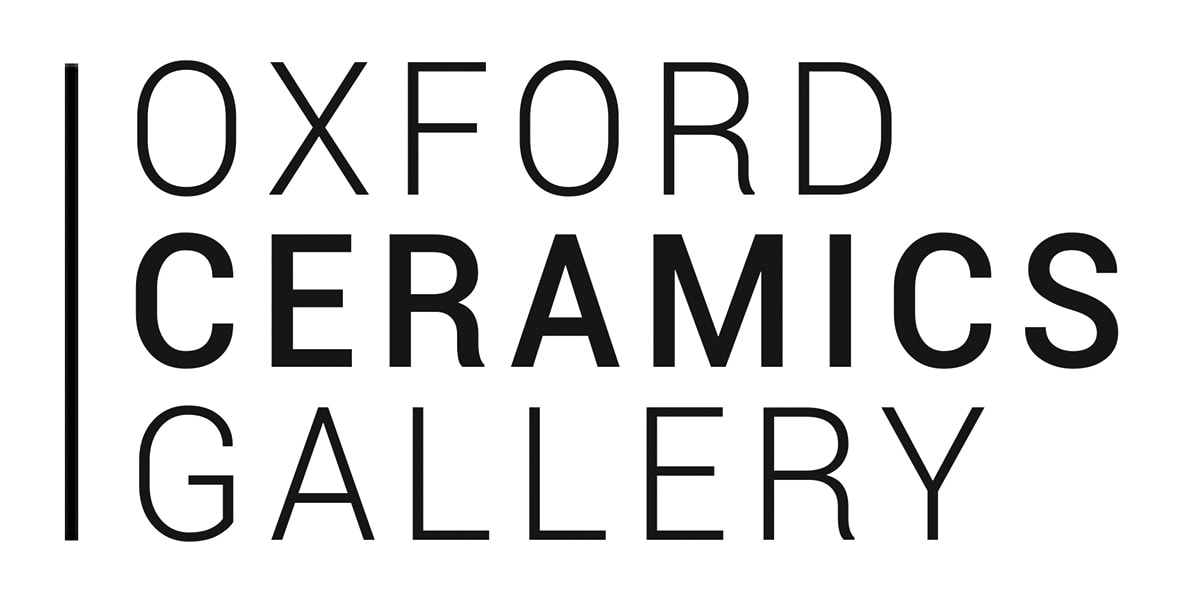'I want to acknowledge the tradition of slipware whilst at the same time attempt to revitalise and invigorate it for the present' Philip Eglin
The Slipware Spirit
Slipware is a particularly rich English tradition with pre-Reformation roots. An early centre of its 17th century resurgence (thought to have come from the Continent) was at Wrotham in Kent where they made ornate tygs and lidded posset pots. Comparable wares were being made in Staffordshire and the West Country in the same period. Many of us are most familiar with the slipware dishes, often press-moulded, with their feathered slip patterns, that became ubiquitous over the next 200 years, and which are a familiar sight in museum collections, but which we often dig up in our gardens too, usually in a fragmentary state. Where I live, on the site of an old pub, the earth is constantly giving up slipware shards, the glazes and decoration iridescent and treasure-like even in their broken condition.
It was a tradition that Bernard Leach and Shoji Hamada were keen to revive when they established the pottery at St Ives, and similarly for Michael Cardew when he bought and reinvigorated the old pottery at Winchcombe. He had never much cared for some of the studio stoneware of contemporary London potters he had seen when young, but slipware was another matter. The memory of childhood visits to Edwin Beer Fishley’s pottery at Fremington never left him, and it was the allure of these country pots that decided Cardew’s future, part of a heritage of Devon slipware that included those magnificently ornate harvest jugs, some equal to Thomas Toft’s magisterial Staffordshire platters in their expressive richness.
Cardew loved the inherent softness of earthenware clay, extended and enlivened by the glowing slips that covered it, and like Leach in St Ives he enjoyed continuing the decorative and often commemorative nature of such pottery, frequently a record of people and events with names, dates and legends sometimes inscribed onto its surfaces. Sam Haile’s ambition was reminiscent of Thomas Toft, his jugs, vases and platters a vehicle for drawing and imagery that explored his interest in mythology and Surrealism. A pupil of William Staite Murray, he had consciously artistic aims in his ceramics, a development of his painting, but on pots that were still functional in form.
Slipware became particularly fashionable amongst British studio potters in the years following the Second World War, some combining it with stoneware production, some then moving to stoneware altogether. The results were often uneven, particularly when tight and overly controlled. However there are exceptions, and one potter today, Clive Bowen, who had had regular contact with Cardew, has not only remained faithful to slipware, but used it as a truly liberating medium, his surfaces freely and broadly dipped and poured, enjoying slip for its abstract qualities of movement. Philip Eglin also relishes these gestural and painterly aspects, preserving an inherent fluidity and ‘wetness’, and extending the colour range with exuberant reds, yellows and greens on his jugs and platters. The most interesting work can add life to a tradition without jettisoning its roots.
David Whiting, 2021
View catalogue to accompany the exhibition here:





